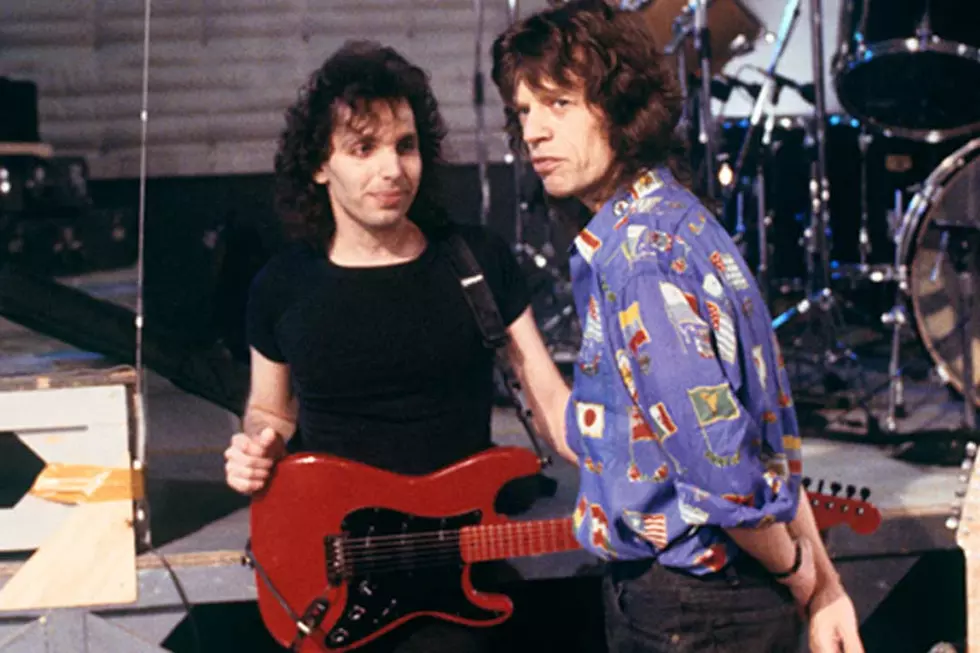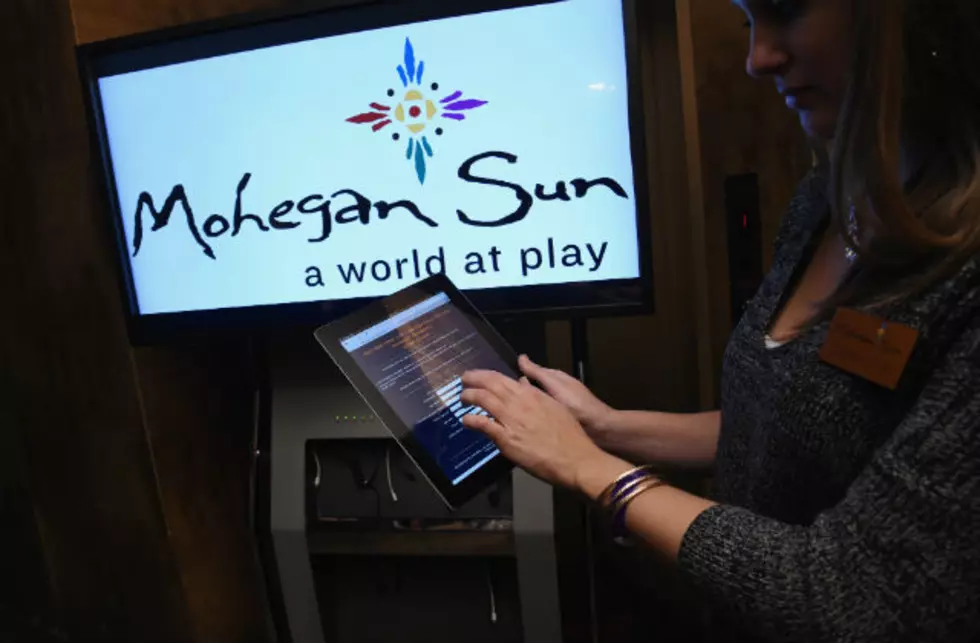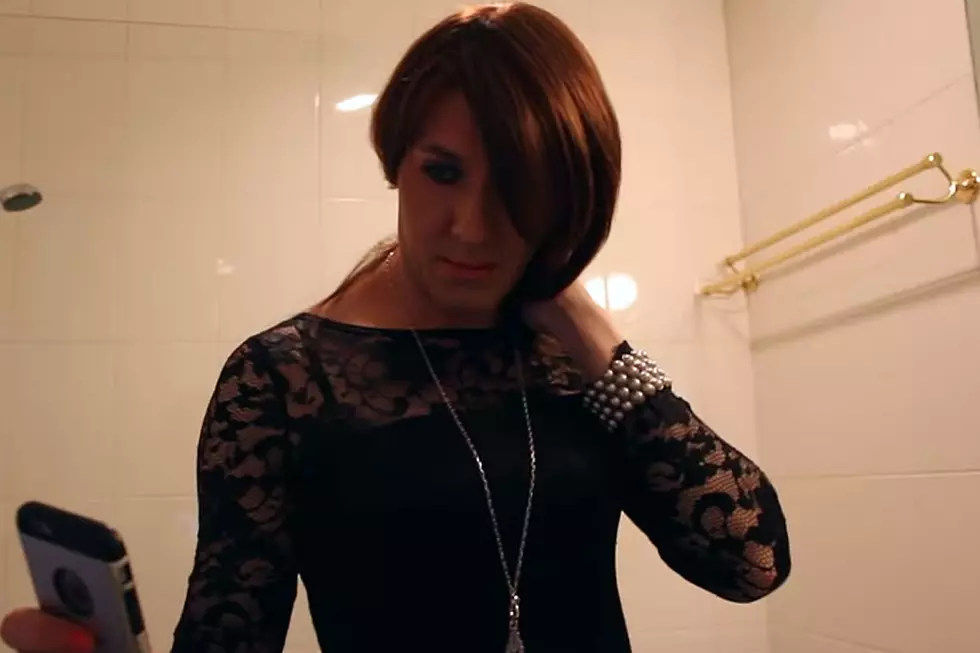
The Night Mick Jagger Kicked Off His First Solo Tour
Mick Jagger kicked off a solo tour of Japan on March 15, 1988, with the future of the Rolling Stones in limbo.
The eight-show tour in support of his second album, Primitive Cool, marked the first time that any member of the Rolling Stones had visited the country since 1973. The group's tour was scrapped back then due to drug-related visa problems. Despite the 15-year absence from the country, dedicated Japanese fans apparently held no ill will toward Jagger.
Things got underway on March 15, 1988 with the first of four performances at Osaka, followed by two in Tokyo and two in Nagoya. All of the show sold out in a matter of hours. Jagger ended up singing in front of approximately 170,000 fans. Ticket prices for the performances averaged 6,500 yen each – approximately $50 in 1988 dollars.
Of particular note on these concerts were the band backing Jagger, which included one of the generation’s best guitar players in Joe Satriani. The opportunity came at a critical time for Satriani, whose solo career hadn't taken off yet.
“All of a sudden I get this call out of the blue and my tour wasn’t going very well," he told UCR in 2013. "It was really rough. Two shows a night [in] small clubs, we were losing money and it was just insane. Then I get this improbable call and I get the gig, and I realize that I haven’t thought about playing these [Rolling Stones] songs in ages. Luckily, there was another guitar player in the band [Jimmy Ripp] whose position was to be Keith Richards, basically.
“So it took a little bit of pressure [off], and Mick said to me, 'Oh, just play however you want to play — that’s fine. Don’t worry about that. Just be yourself,'" Satriani added. "He was a great, unbelievable career booster and gave me carte blanche to use anybody on the staff to help promote [my] album anywhere we were in the world and it was really fantastic, and he gave me a solo spot in the show as well.”
Also in Jagger’s band at the time was future Living Colour bassist Doug Wimbish, drummer Simon Phillips (whose career includes stops with Judas Priest and Toto, among others), along with a group of background singers that included Bernard Fowler and Carol Kenyon. Fowler’s relationship with Jagger began as a background vocalist on the Stones frontman's 1985 solo debut She’s the Boss. He went on to work on a series of projects with Jagger and the Rolling Stones.
His early Japanese set lists understandably focused upon the Stones catalog. Included were a number of songs like "Bitch" and "Gimme Shelter" which the Stones had not been actively playing live at the time. (The tour also saw Jagger cover the Jimi Hendrix classic "Foxy Lady.") But he continued focusing on older music through the end. The shows at Tokyo’s Korakuen Stadium, for instance, included only six songs from Jagger's two '80s-era solo records, leaving the balance of the 22-song set to former glories.
That only underscored what an ominous time this was for the Rolling Stones. Tension between Richards and Jagger was high, namely because Jagger chose to focus on his solo career rather than undertake a Stones tour behind 1986's Dirty Work.
Jagger didn’t rule out the possibility of reconciling with the Stones in a late-1988 interview with Rolling Stone magazine. Still, he admitted that even he wasn’t sure what the future held.
"If the Stones go on stuttering and not really starting, then obviously I'll have to ..." Jagger said, trailing off. "Now that I've got the taste of playing onstage again, I'll carry on doing it. If the Stones start up again and everything is a great, fun, pleasurable success, then I won't do so much of it. Who knows?"
Rolling Stones Solo Albums Ranked
You Think You Know the Rolling Stones?
More From WRKI and WINE










